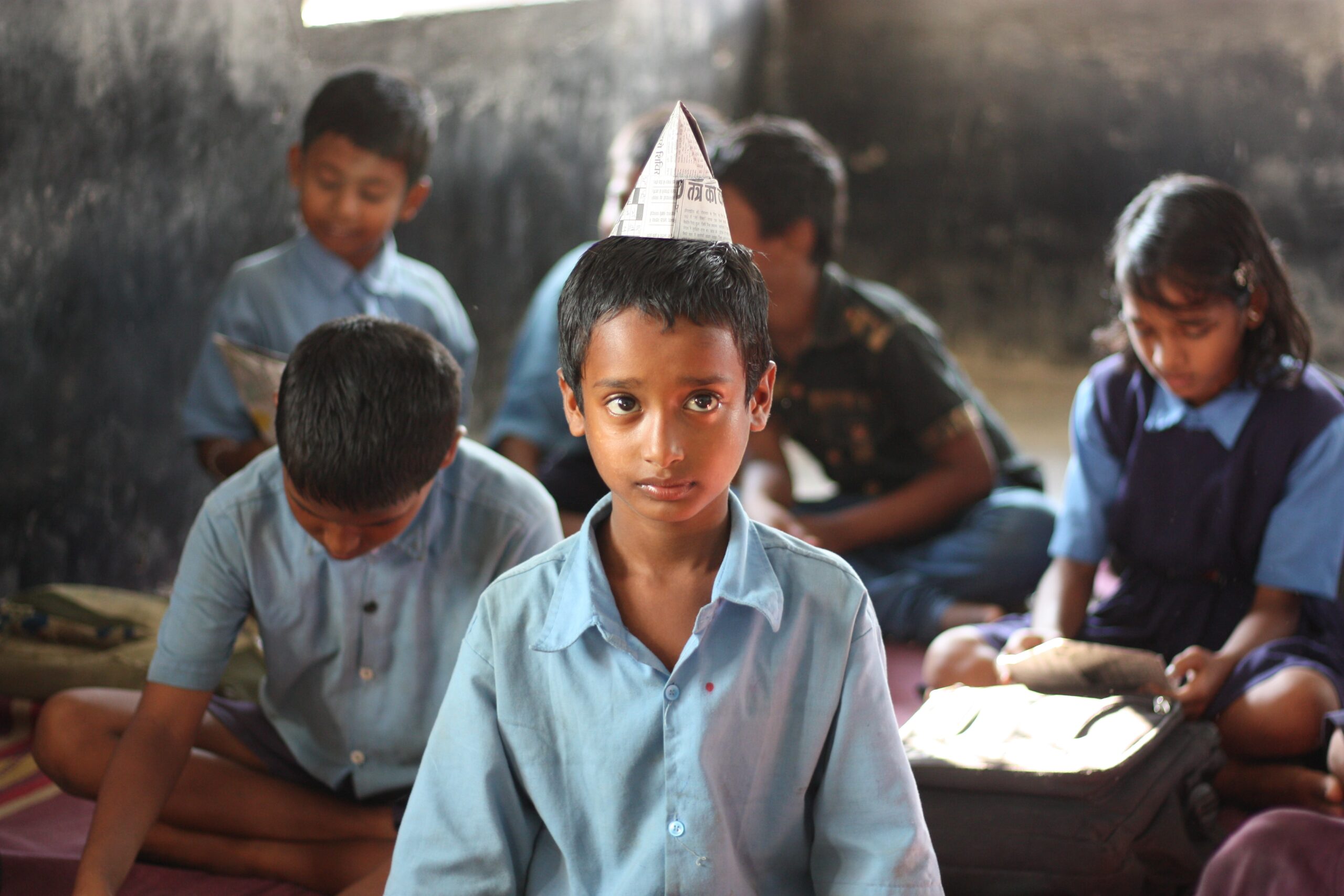School Uniforms, Gender Identity & Inclusion
What could a truly inclusive uniform look like? And what outcomes might schools see?
“Expression is a valuable part of growing up and freedom to do so should be available to all children.”
School uniforms have often been a cause for controversy amongst students and stories on the subject have reached national news on various occasions. Their benefits are long-established; uniforms can serve to ‘level the playing field’, unifying students under a common goal of education. They can diminish distinctions between students’ social class, family income, ethnic background and any other signifiers that may have the effect of ‘othering’ or singling out particular students. But they have also historically caused problems in educational environments. The etymology of the word itself speaks volumes — the Latin ‘uniformis’ means ‘having only one form or shape’.
Sex-specific school uniform can be seen to enforce unhelpful gender stereotypes by limiting movement and participation in school activities. Another view is that these types of uniforms can restrict some students’ personal and gender expression at a formative time in their lives.
But what could a truly inclusive uniform look like? And what outcomes might schools see? Would gender-neutral uniforms mean trousers for all?
Only offering students a ‘male uniform’ without the option of wearing a skirt or alternative is equivalent to repressing female-identifying students’ self-expression and offering a ‘male’ standard for what is permissible. It could be argued that a ‘trousers only’ policy is not, in fact, gender-neutral and that a truly gender-neutral uniform would mean simply changing the wording in school rules so that the existing uniform of the school is available to all students, regardless of their gender identity.
LGBT+ charity Stonewall’s 2017 School Report found that 64% of trans students have been bullied for being LGBT+, and a staggering one in ten have received death threats. Additionally, 20% of transgender young people were not able to wear clothes in line with their gender identity at school.
Ultimately, the key to a fully inclusive policy would be to ensure it wasn’t gender-policed. Quite simply, all options of school uniform should be available to all children, whatever their gender identity, to ensure every child feels comfortable and safe with what they are wearing whilst they are learning. An inclusive and non-presumptuous approach to the implementation of such a policy is important not only to ensure gender-variant pupils are not singled out, but also to help dismantle the gender stereotypes that are at the core of LGBTIQ bullying.
Lui Asquith, Lawyer (non-practising) at Mermaids, a charity and advocacy organisation that supports gender diverse and transgender youth.
LGBT+ expert Kryss Shane takes this further: “Gender-neutral uniforms are vital to the success of all students. As the purpose of a uniform is to remove distractions and unify students, it stands to reason that forcing students into clothing that restricts the movement of one gender and that forces non-binary students into boxes not meant for them undermines the entire reason for having uniforms.”
While most schools across the world where uniforms are mandatory, have strict guidelines conforming to gender roles, a primary school in County Wicklow, Ireland, has introduced a gender-neutral uniform policy. The Daily Mai has reported that 150 schools in the UK would be introducing gender neutral uniforms, where children of any gender were allowed to wear either a skirt or trousers. Last year, Fiordland College in Te Anau, New Zealand agreed to gender neutral uniforms, where the girls will be allowed to wear pants and the boys will be allowed to wear dresses, as per their choice.
While giving children a choice in what to wear might have its own challenges in the short run — a child making a non-traditional choice may face peer pressure and ridicule — it will create a foundation for long-term societal acceptance.In the Indian context as well, recently, the Children’s Academy — which runs three private schools in Mumbai — determined through a student poll that its new uniforms will be gender neutral. Mumbai-based fashion designer and mother of a girl and a boy aged five and seven respectively, Anjali Patel-Mehta, is strongly in favour of gender neutral uniforms. She suggests that a traditionally Indian form of dress may actually make for a progressive uniform. “The kurta is universal, entirely gender neutral and authentic to India, while tunic and pants still lean towards a gender,” she says. However, she’s cautious of the implementation challenges — for example, resistance from the girls themselves, like those who struggle with body issues. She believes letting kids choose what to wear for themselves might be the best solution. “Going androgynous or unisex isn’t ideal: eventually, it should be a social choice, rather than attempting to force fit someone into a gender neutral role”.
The Mumbai-based Waldorf schools like Tridha, Inodai and The Golden Spiral, with the Rudolf Steiner education system, offer simple colourful cotton kurta tops paired with bottoms of the child’s choice. South Mumbai-based IB schools like Bombay International School (BIS) and BDSIS have gender neutral uniforms.
At schools with less progressive ethos and financial resources, the student body may not lean towards gender-neutral uniforms with the same kind of majority. Government schools in India, however, have shown that they’re not resistant to change if it benefits their students. Last year, the Uttar Pradesh government announced that it would be changing the color of its public school uniforms from khaki to bright red and brown, in an effort to ensure that students wouldn’t feel like they were in any way inferior to their counterparts in private institutions. It’s not inconceivable that, down the line, they, too, will feel the need to adopt gender neutral uniforms, if more private schools begin to do so, and seeing that the gender neutral kurta already exists as a part of the social fabric.
Although school uniforms are unlikely to be high on the list of priorities for most schools, some schools have begun to lay the groundwork by listening closely to their students. It will be a slow process heavily guarded by the inertia of tradition, deep conditioning, and stigma — but as institutions begin to pay more attention to what is best for their students, positive change will follow.




Comments